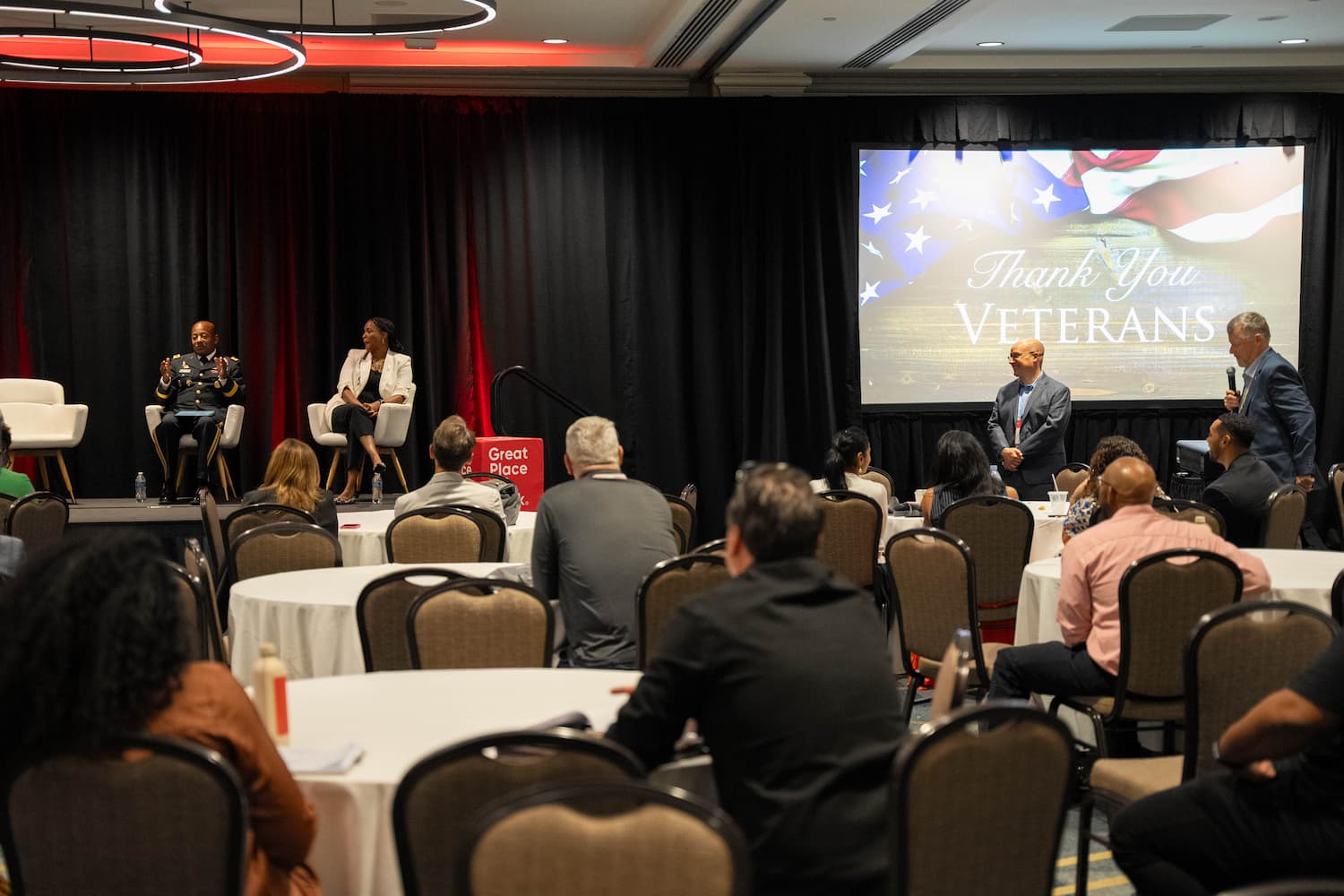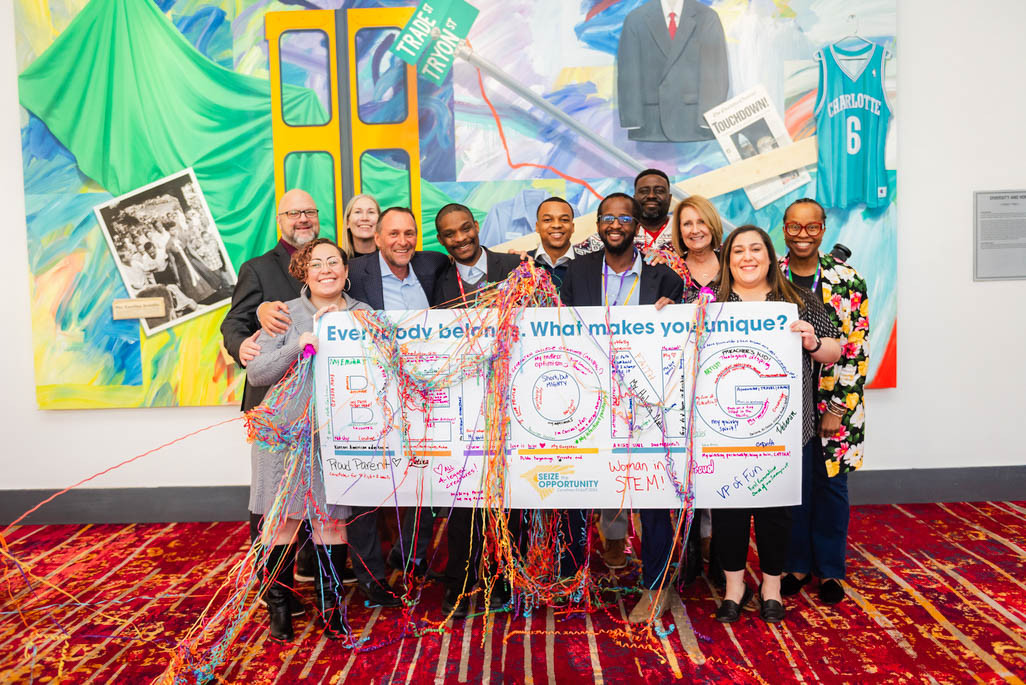
Imagine a ring of chairs surrounding a new product. Discussing it are engineers and executives assessing the prototype’s features and market potential, but they’re only seated on one half of the circle. They scrutinize the product extensively from the front but ignore any potential flaws or opportunities for improvement in the parts of the design they can’t see.
Obvious as such an oversight would be, this is effectively what happens when tech companies fail to bring diverse employee perspectives into their decision making. Great Place To Work® recently ranked the country’s Best Workplaces in Technology. And while these standout organizations boast a number of traits that encourage new ideas, we felt it especially important to highlight relationships we discovered between inclusive organizations and innovation.
Across the companies we surveyed--which are all Great Place To Work-Certified--organizations where fewer employees report fair treatment in regard to race or gender tend to score lower on measures of innovation. That result refers to employees of all backgrounds. In addition, we looked specifically at surveys of historically underrepresented groups. And we found that women and employees of color who said they were treated fairly regardless of gender or race were five times more likely to report workplace characteristics linked to innovation. The employees surveyed in these groups also revealed that fair treatment has a significant impact on their levels of:
- Inspiration
- Willingness to give extra when needed, and
- Whether they look forward to coming to work.
The most effective employers make a conscious effort to ensure team members of all backgrounds feel connected to the organization and comfortable being themselves at work.
“I feel diversity is just a part of work life, not a goal or a check-box, even though management talks inclusion frequently. I am an older female employee, a second-career engineer, and feel valued for my work experience beyond my engineering and leadership skills,” said one employee at Cisco, one of the Best Workplaces in Technology.
How does that kind of environment happen? There’s no easy answer, but the Best Workplaces offer some thoughtful places to start:
- Adobe increased the diversity of its interview panels by hosting a San Francisco hackathon explicitly to recruit diverse candidates. They also worked actively to mitigate bias in job descriptions and the hiring process.
- Senior VMware leaders formed an inclusion council that set a goal of including at least one woman on every interview panel. They also established an executive job-shadowing program and similar initiatives originating from leadership outside HR.
- Salesforce partners with organizations that work to increase career readiness and interest in the tech industry among girls and at-risk youth. Managers mentor these young people and build the company’s talent pipeline while also benefitting from fresh perspectives on the future of technology.
Even with the right programs in place, it takes effort, investment and patience to create a Great Place To Work for All (or #GPTW4ALL, as we like to say on Twitter). It’s well worth it, though, when leaders realize the potential for bigger, better ideas by including many different perspectives at the table. Great Place To Work for All (or , as we like to say on Twitter). It’s well worth it, though, when leaders realize the potential for bigger, better ideas by including many different perspectives at the table.
As an employee at one of the Best Workplaces put it, “The people make Expedia great! We have a diverse team where we value 'being and thinking different.' This gives us an edge in solving problems, as we do not fall into the traps of group think and 'it's always been done this way'.”








